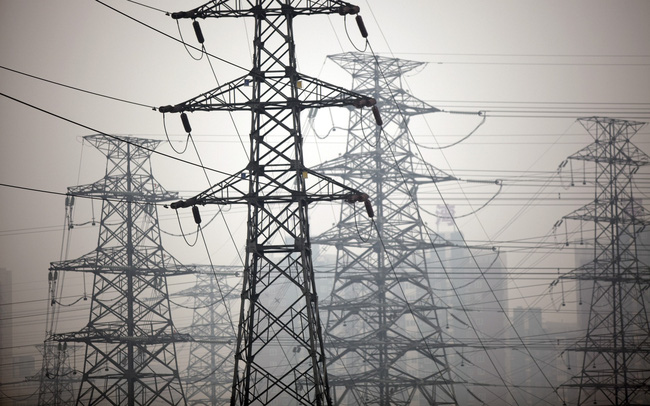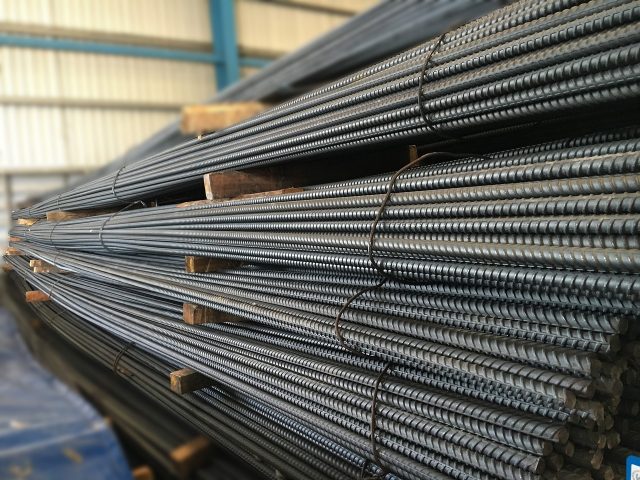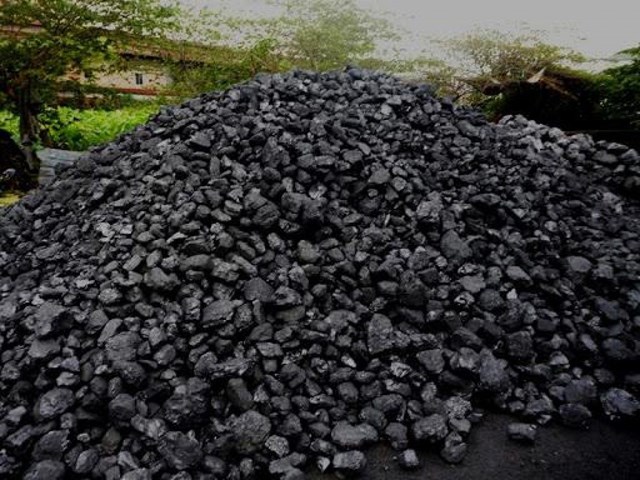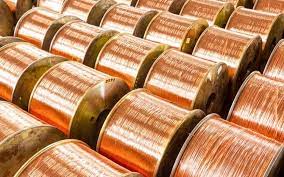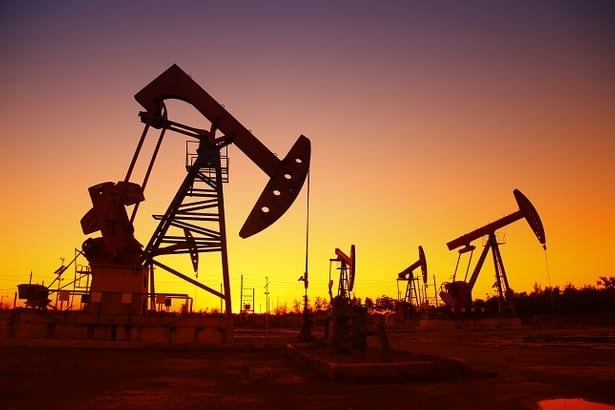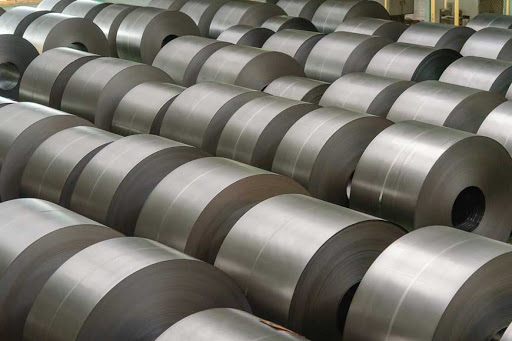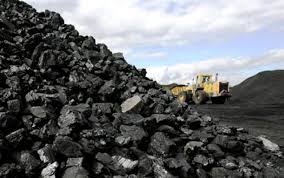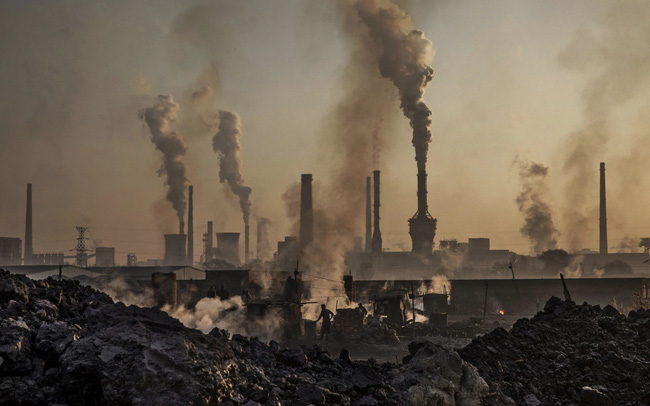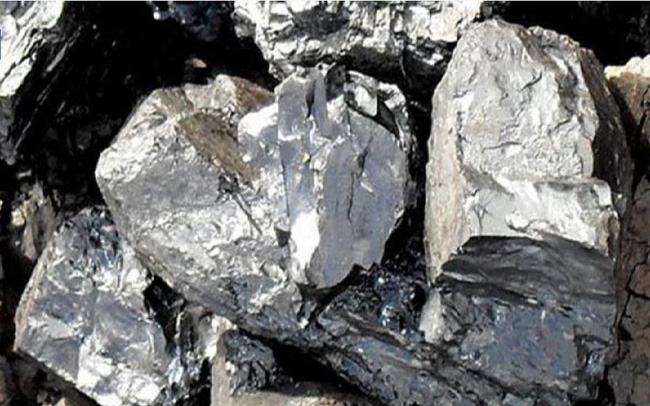World iron ore production growth is forecast to accelerate in the coming years, “ending a long period of stagnation” – as iron ore prices fell to a decade low in 2015 (average $55 USD). /ton).
Fitch Solutions’ Industry and Risk Research recently published research forecasting that iron ore production growth from mines in the period 2021-2025 will average 3.6%, compared to -2 .3% of the previous 5 years. As a result, world iron ore production in 2015 increased by 571 million tons compared to 2020. That result was mainly due to increased production in Brazil and Australia.
Brazilian miner Vale plans to ramp up production development, while Australian miners, including BHP Billiton, Rio Tinto and Fortescue, will reinvest profits to expand production. export.
For Chinese companies, iron ore production is also expected to rebound in the next three to four years as the country strives to improve self-sufficiency and reduce imports from Australia.
However, Fitch Solutions said that, because Chinese mining companies have high production costs, so profits are low, which may cause Chinese companies’ domestic ore output to decrease. Instead, Chinese businesses will prioritize investment in ore mines abroad, such as the Simandou mine in Guinea.
Looking further into the future, in 2025, Fitch Solutions expects a gradual decline in iron ore prices to slow production growth. As a result, the forecast for average annual ore production growth between 2026 and 2030 is only 1.1%, with output expected to return to stagnation by the end of the decade.
Production forecast for each region
Regarding Australia’s production, Fitch Solutions forecasts iron ore production to grow at an average annual rate of 1.8% during 2021-2025.
While significantly slower than the 3 percent average growth of the previous five years, the 1.8 percent level would also help lift annual production by 88 million tons by 2025 compared with 2020.
“We believe that Australia’s lowest iron ore production costs in the world will provide a safe platform against falling prices in the years to come,” the Fitch Solutions report said.
On average, the cost of iron ore production in Australia is $30/tonne, compared with $40/tonne to $50/tonne in West Africa and $90/tonne in China.
However, production growth is expected to stagnate in the long term and Fitch Solutions thinks Australian production will peak by mid-decade at around 1.3 billion tonnes. The subsequent decline in production will result from a decrease in the number or output of low-end mines with high investment costs as iron ore prices fall.
However, Fitch Solutions believes that the overall trend in Australia’s iron ore output will remain as production costs continue to fall and production increases in the long term.
About Brazil, Fitch Solutions forecasts that the country’s iron ore production growth will recover in the coming years after a slowdown and stagnation in 2018-2020.
Low operating costs, good infrastructure of the iron ore mining industry and possession of high-quality iron ore mines will be the factors that will help Brazil increase production (Chinese steel mills are very fond of iron ore). Brazilian high quality iron).
Fitch Solutions forecasts that Brazil’s iron ore production will grow at an average annual rate of 10.6% to 542 million tons in 2025, compared with 397 million tons in 2020.
Brazil’s long-term production growth is also forecast to slow, and Fitch Solutions forecasts an average annual growth of 1.8% between 2026 and 2030, which will bring annual production to 592 million tons by 2020. 2030.
“The Brumadinho break has sparked a series of investigations into Vale’s operations, resulting in many people involved being forced out of their jobs, fined, and the production facilities involved being forced to suspend operations. The disaster forced Vale to destroy many of the upstream waste dams over the next three years, resulting in a 40 million tonnes/year reduction in production capacity,” said Fitch Solutions.
Since Vale announced that plan, Fitch Solutions said many of Vales’ facilities have been shut down, causing further supply disruptions. For example, the Brucutu mine (30 million tons per year production capacity) was idle for 6 weeks, then allowed to reopen but idling for the next few days according to another court ruling, before being reopened in June.
“We expect that the monitoring of Vale’s activities under the new regulations will continue to be taken seriously as the Brazilian Government is struggling to deal with the deadliest environmental disaster in national history. family.”
Regarding China, the country’s iron ore output is forecast to increase again within the next 3-4 years, as the country strives to increase its self-sufficiency in steel raw materials.
Fitch Solutions forecasts that China’s iron ore production will peak at more than 1 billion tons in 2025, before falling again.
Output growth will be hampered by weak iron ore prices and tightened environmental regulations. China’s iron ore industry will be further strengthened by the high cost of mining low-grade ore.
Environmental regulations in China will also lead to the phasing out of iron ore used in steelmaking as electric arc furnaces and decarbonized steel are preferred.
According to Bloomberg, about 70% of China’s iron ore output is uneconomical if the ore price falls below $96/ton.
In particular, ore miners in provinces such as Hebei, Fujian, Guangdong and Xinjiang will face more difficulties in other provinces if ore prices fall, because the production costs in these provinces are the highest. country, regarding environmental issues.
Meanwhile, iron ore production growth of India will be supported by the Federal Budget and the country’s Mines & Minerals (Development & Regulation) Act (MMDR) eliminating export tax in the country. for low-grade ores, the facilitation will streamline licensing and reopening of closed mines.
However, while the MMDR Act will support ore production growth, the royalties introduced into the Act will limit the industry’s overall growth potential.
As part of India’s 2016 Federal Budget, the export tax on lump iron and fine iron ore with less than 58% iron content has been reduced from 30% and 10% to 0% respectively, in order to promote ore exports from the western Indian state of Goa, where the Supreme Court lifted an earlier ban on iron ore mining.
However, the decision by India’s highest court to cancel all iron ore mining licenses in Goa in February 2018 will mean that output from that state is likely to decrease rather than increase. .
As a result, Fitch Solutions forecasts India’s iron ore production to grow from 174 million tons in 2020 to 194 million tons in 2030, with an average annual output growth of 1.1% during this period. .
Reference: Mining Weekly
T&G International Joint Stock Company
Address: 352 Hue Street, Le Dai Hanh Ward, Hai Ba Trung District, Hanoi
Hotline: 0345786803
Email: hrm@tginterjsc.com
Website: http://tginternationaljsc.com



